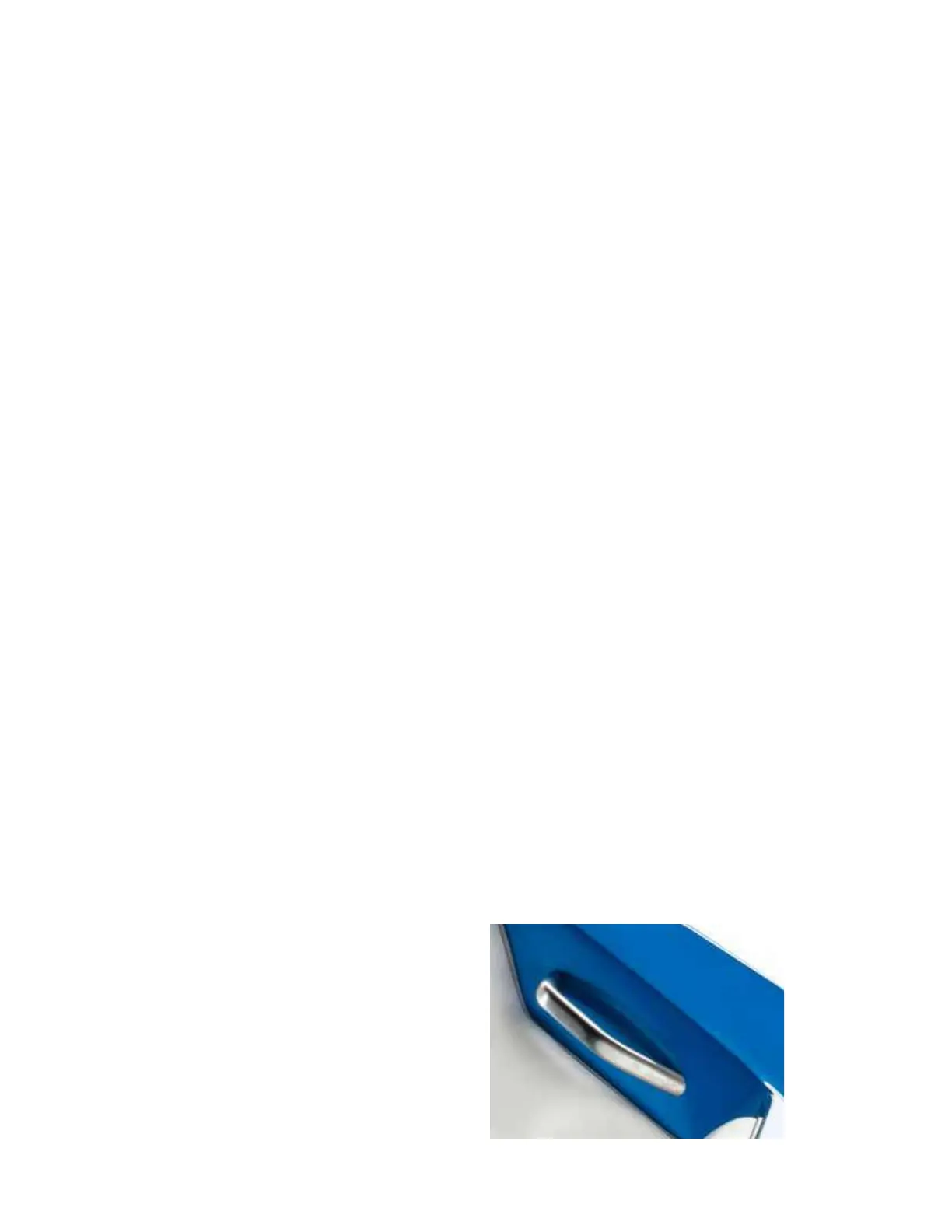Axis
Owners
Manual
2019
Page 146
Condensation Cause and Protection: Water vapor in the atmosphere will condense onto
another surface only when that surface is cooler than the dew point temperature, or when the
water vapor equilibrium in the air has been exceeded. The dew point temperature is based on
the air temperature and relative humidity. A typical example is with 90˚F/32
o
C air temperature
and 50% RH, the dew point temperature is about 73˚F/23
o
C.
Many times, through the evening dew will condense onto all outdoor surfaces like grass,
cars, patio furniture, toys, bikes and the like as the air temperature and surfaces cool below the
“dew point.” Once the morning sun heats the air temperature or those surfaces heat up enough,
the dew will evaporate back into “humidity” and this cycle will continue as long as the weather
conditions permit.
When you cover your boat, you are sealing the outside air in its present condition under the
cover. Also, if the boat wasn’t dried out, that additional moisture will add to the wetness of the
trapped environment. As the air and surface temperatures cool below the dew point the water
vapor in that air will condense onto all surfaces inside the boat. In the morning it will take longer
to heat the air and surfaces under the cover as it aords protection thereby lengthening the time
it takes to have the condensation evaporate. It’s very possible if weather conditions change that
the condensation may not return to vapor for quite some time.
This condition is often misunderstood as the cover “leaking” water through the fabric,
but because of the fabric’s high hydrostatic water resistance (160 cm) this is not possible. It’s
understandable to think that having the cover wet underneath is somehow due to it allowing water
through, but it is just condensation forming on its surface. It’s like camping in a synthetic tent; if
you’ve ever done it you’ll remember water beads form on the tent surface and bumping the tent
would cause them to “rain” on you!
Pooling Water: Water can pool on a cover for various reasons. However, the Axis cover is
designed to combat this by having the overall features and characteristics work in concert to
maximize its resistance. The fabric choice requires it to be lightweight, high-strength, coated,
water-repellent treated and “dimensionally” stable. This minimizes the fabric adding weight, and
its strength and stability allows for the necessary tight t.
The “face” surface is treated with a water repellency, lowering the surface tension so water
beads up and runs o. The “back” surface is urethane-coated, providing additional defense
against water penetrating the cover. The new water repellent lowered the surface tension
further over traditional treatments where the water beads move sooner joining with others
making them run o the cover sooner & faster (very visible). It also increased hydrostatic water
resistance (the ability of fabric to resist water penetration) from about 100 cm to 170 cm.
All “face” water repellent treatments wear o and the “water beading” will lessen eventually,
allowing water to be absorbed by the fabric bers, but the “back side” urethane coating will
provide the second defense of penetration.
A traditional “face” treatment lasts about six (6) to nine (9) months, and tests on the enhanced
treatment (BW+) show it will last three to four times longer.
In all cases durability of the treatment is very dependent on the environment and use the
cover experiences. Providing the enhanced water repellent as a re-apply alternative isn’t
possible because it requires a controlled bonding process to properly attach it to the fabric
surface. There are various aftermarket repellents available, but because they are mechanically
attached they usually only last about one month or so–like waxing your car!
Maintaining Zippers and Hardware:
• Lubricate zippers periodically using a clear
silicone spray. Spray silicone on to the zipper
and work the zipper back and forth.
• Lubricate fasteners periodically using a clear
silicone spray to keep corrosion to a minimum.
Replace any missing fasteners or fasteners
that show signs of corrosion.
• Do not use petroleum-based products; i.e.
petroleum jelly.
